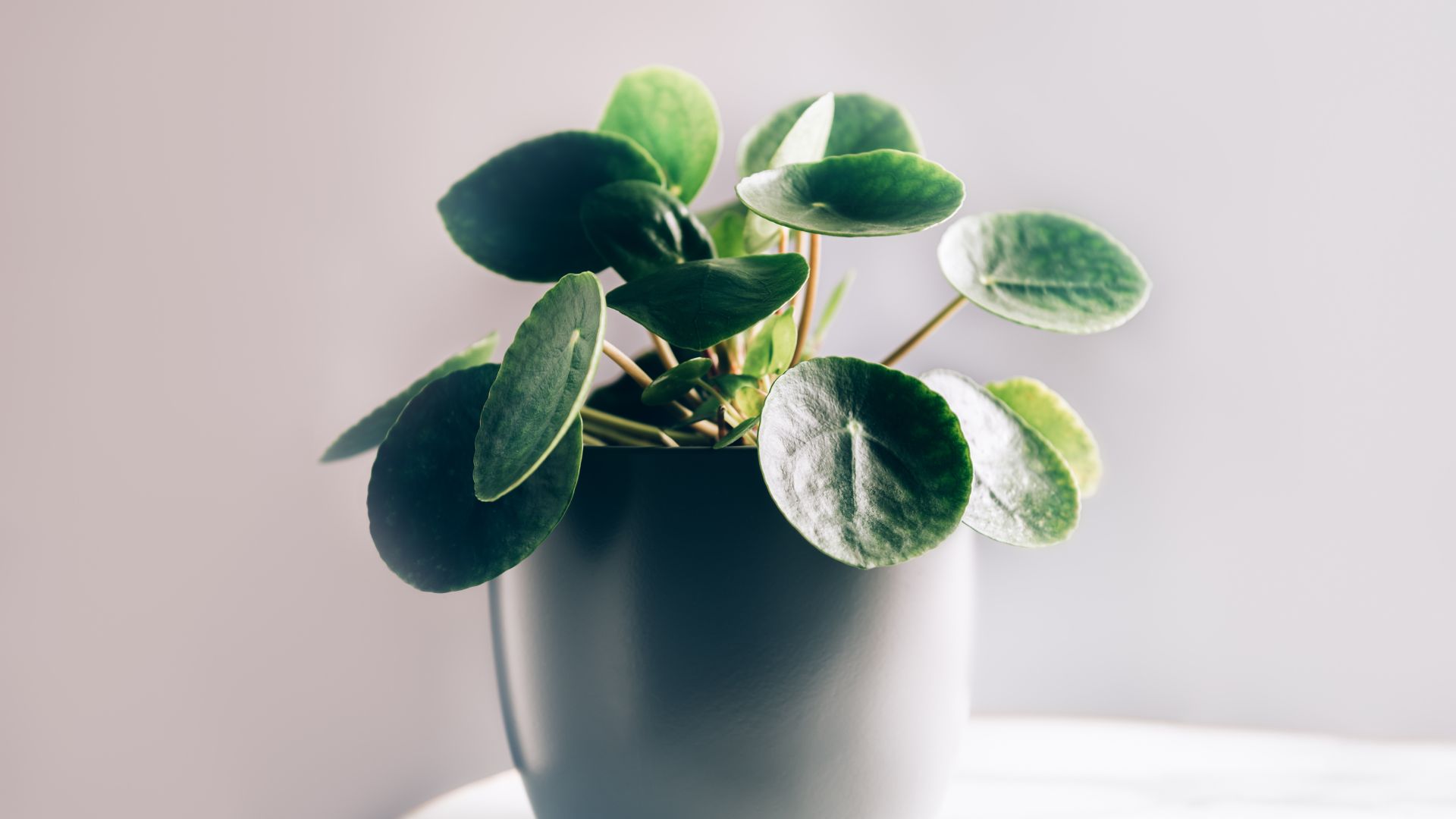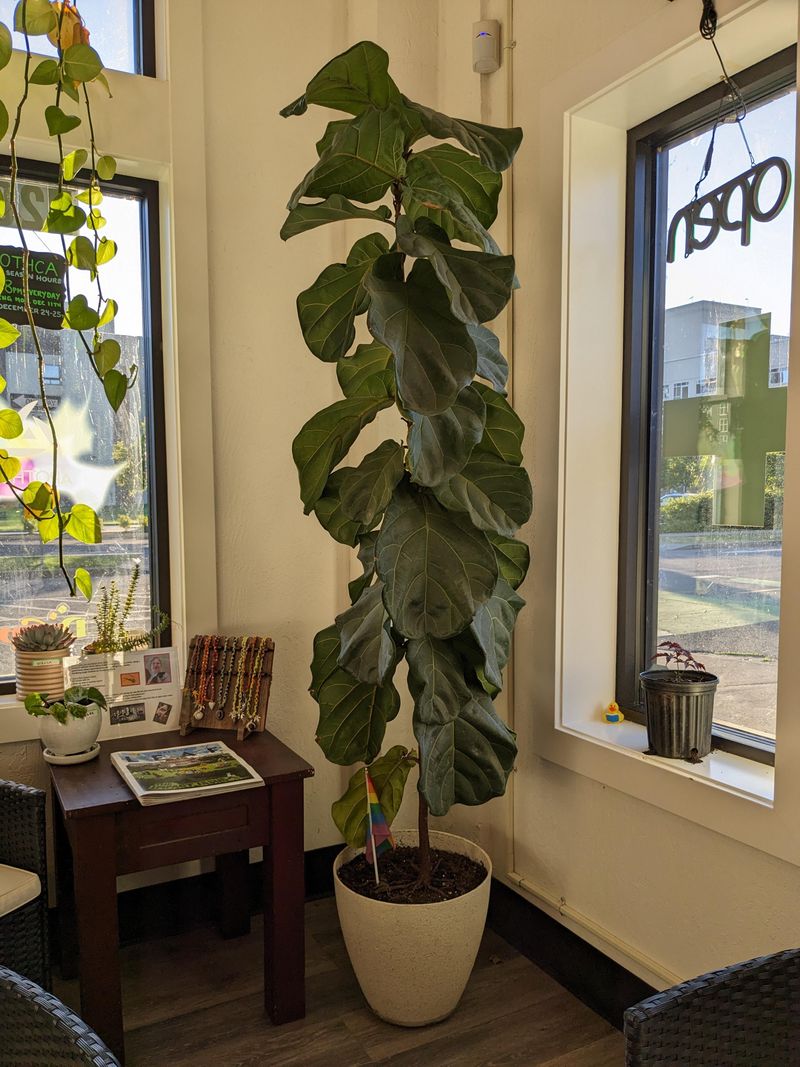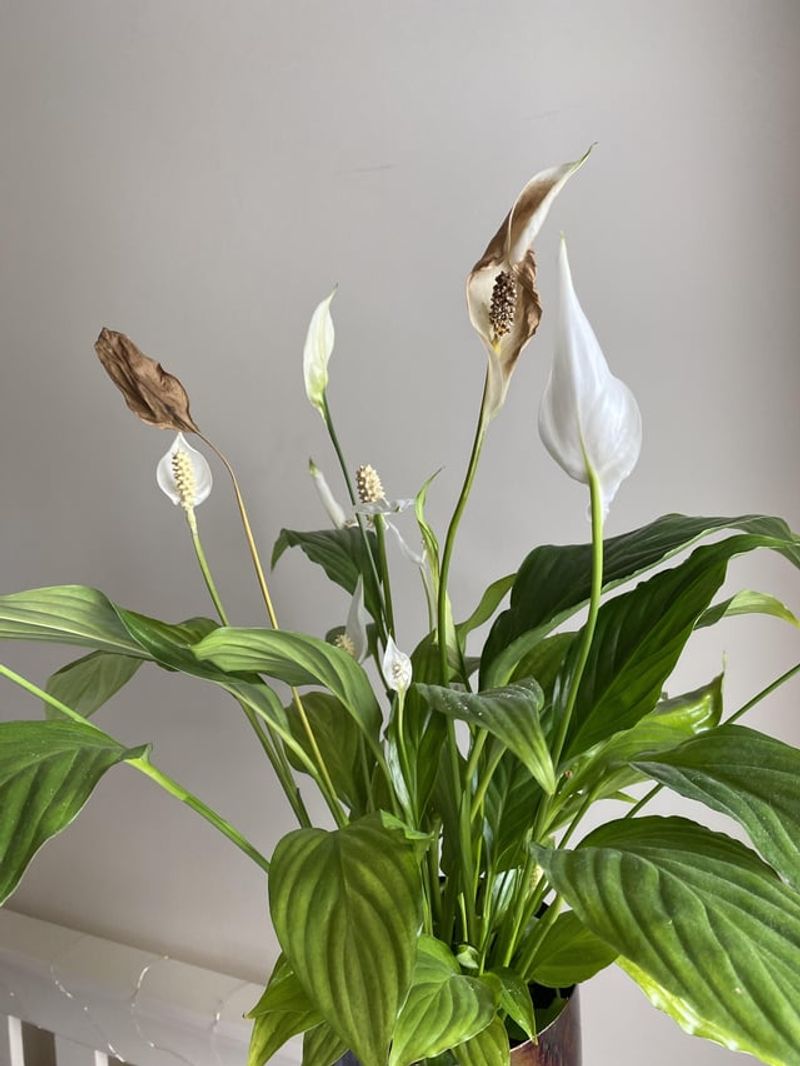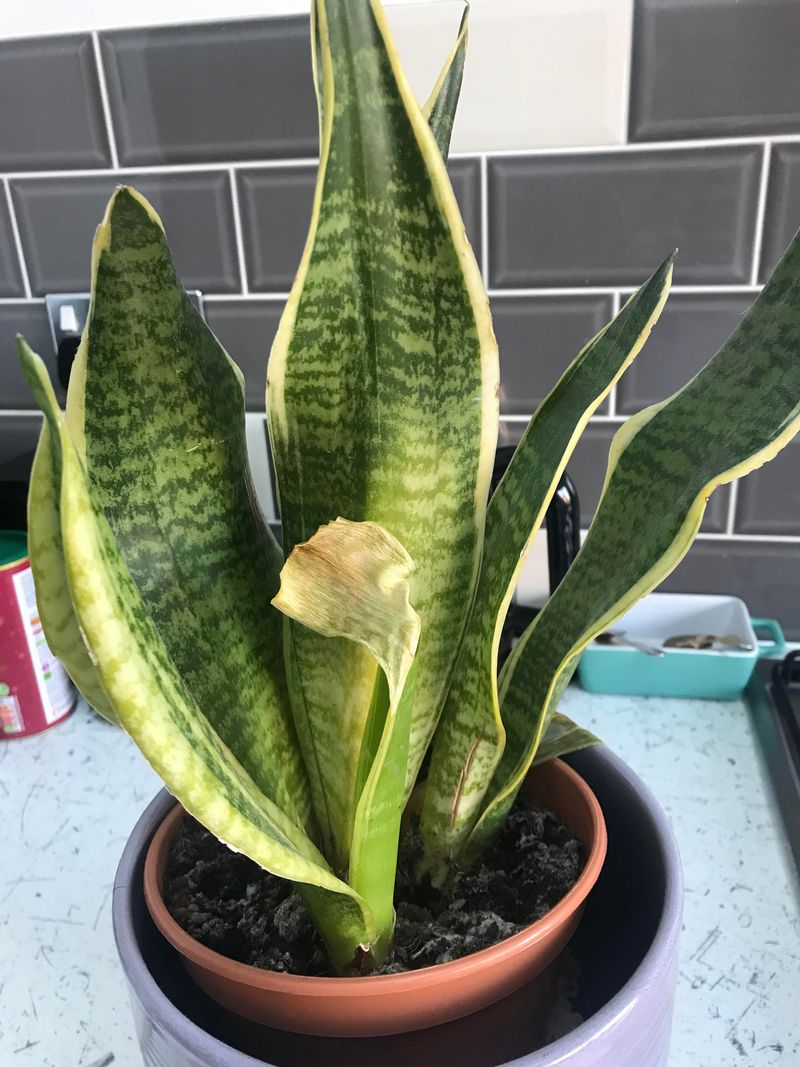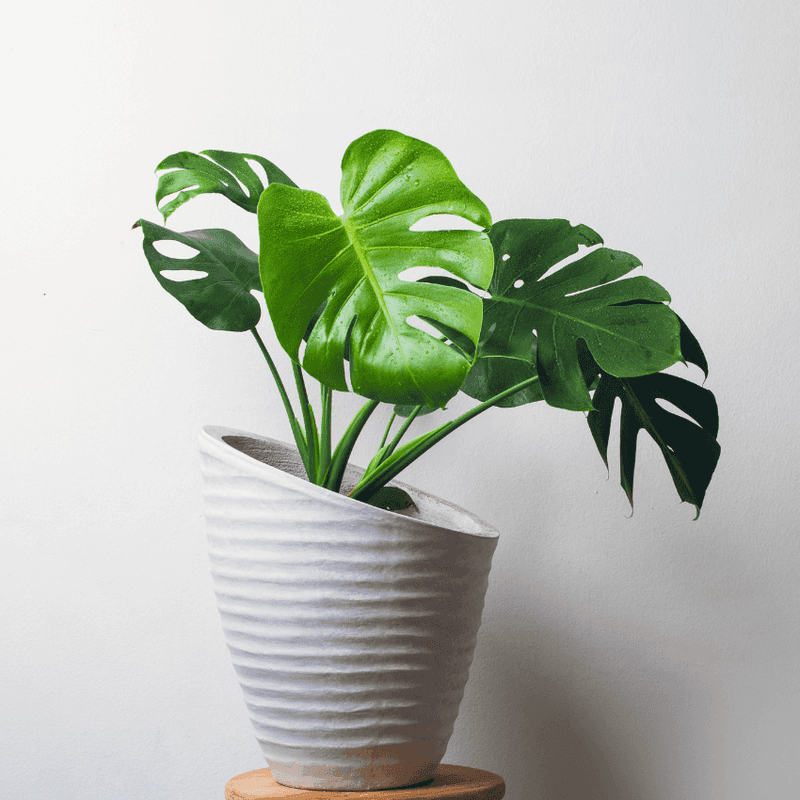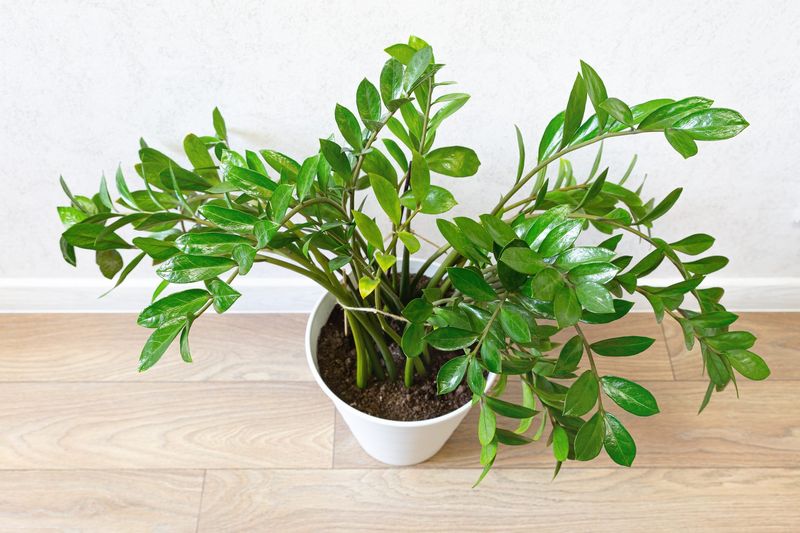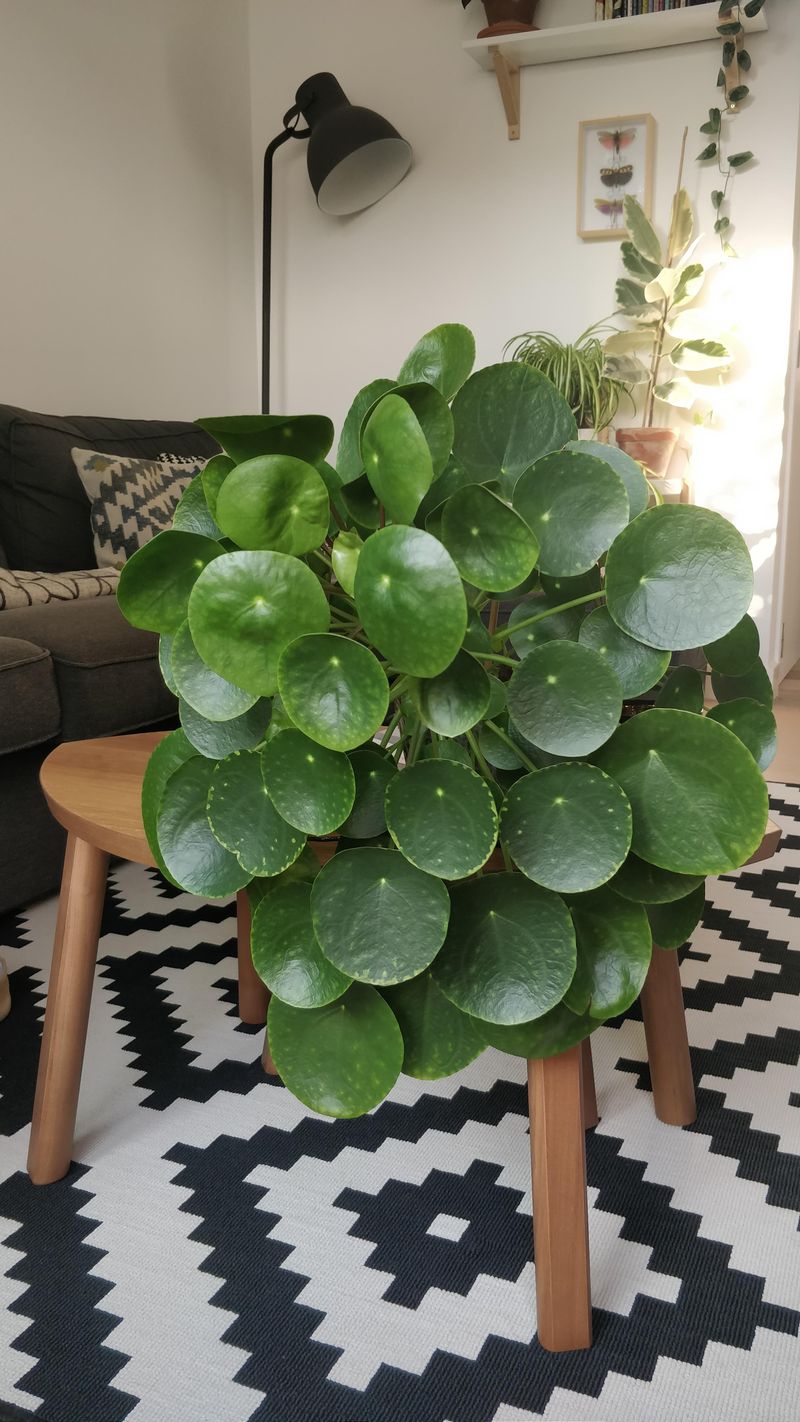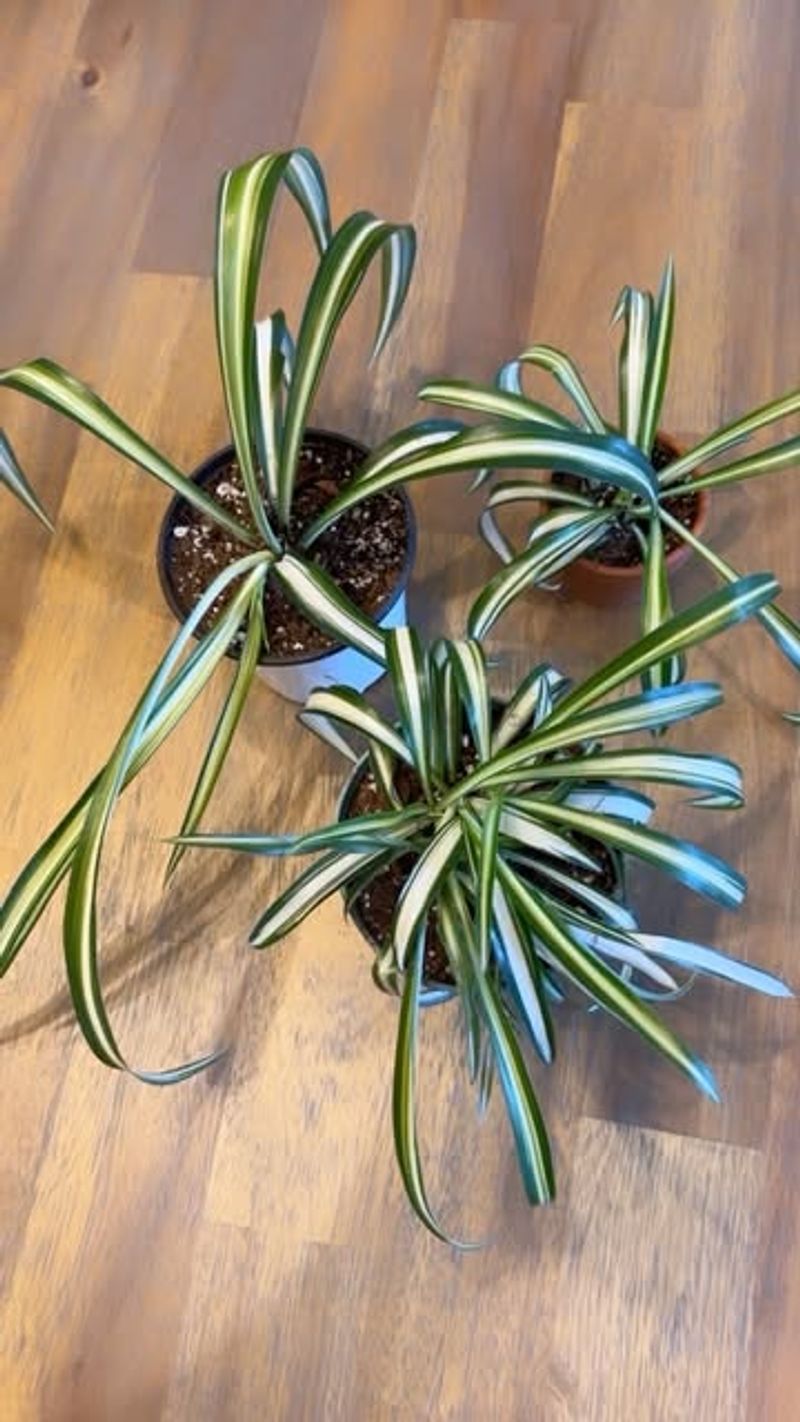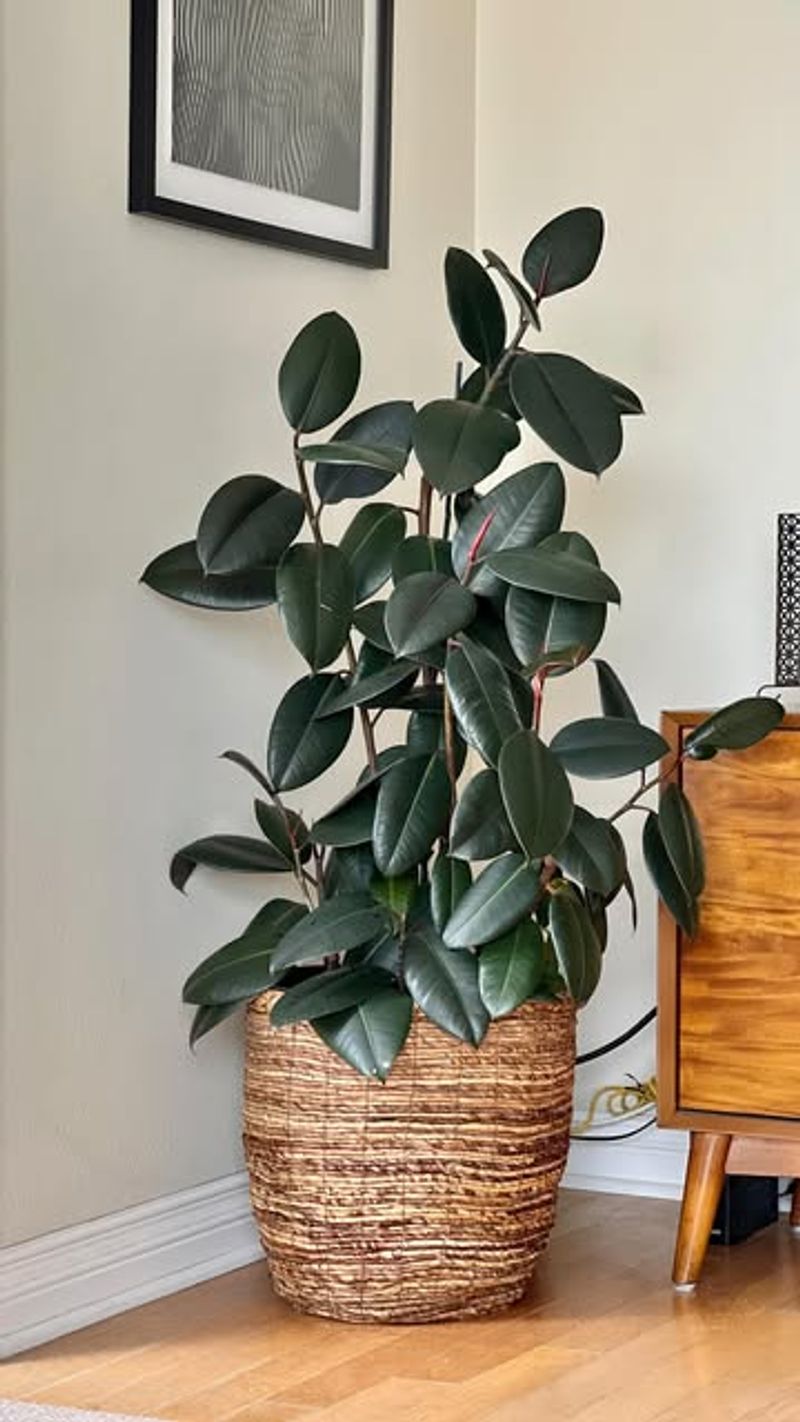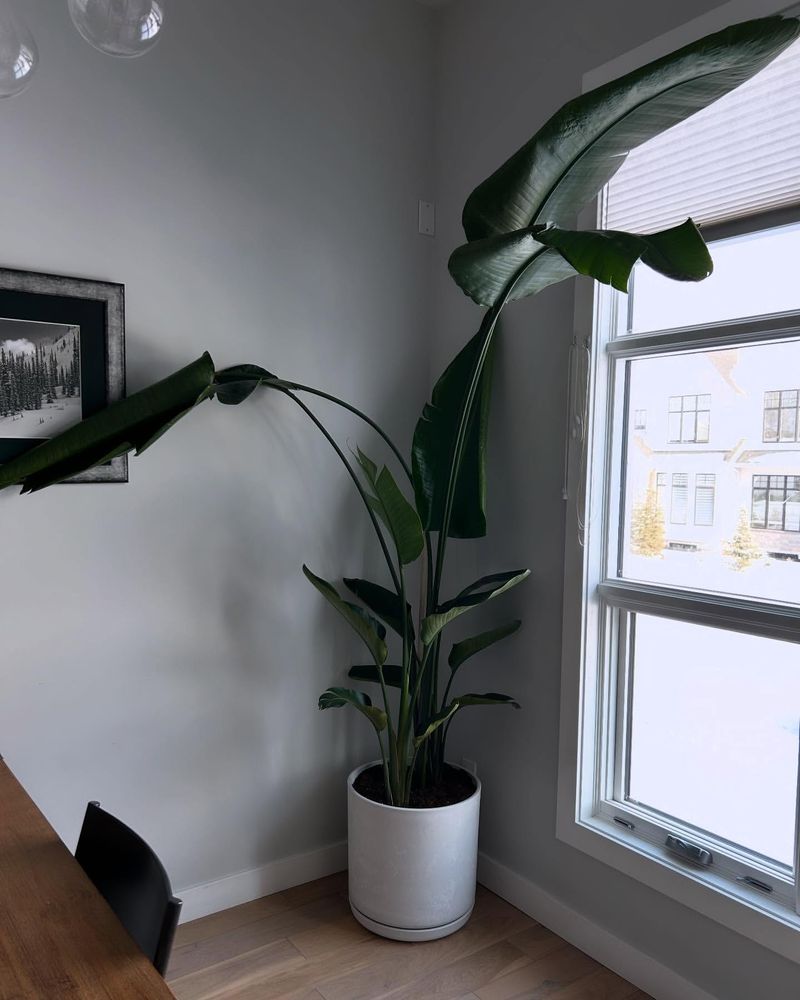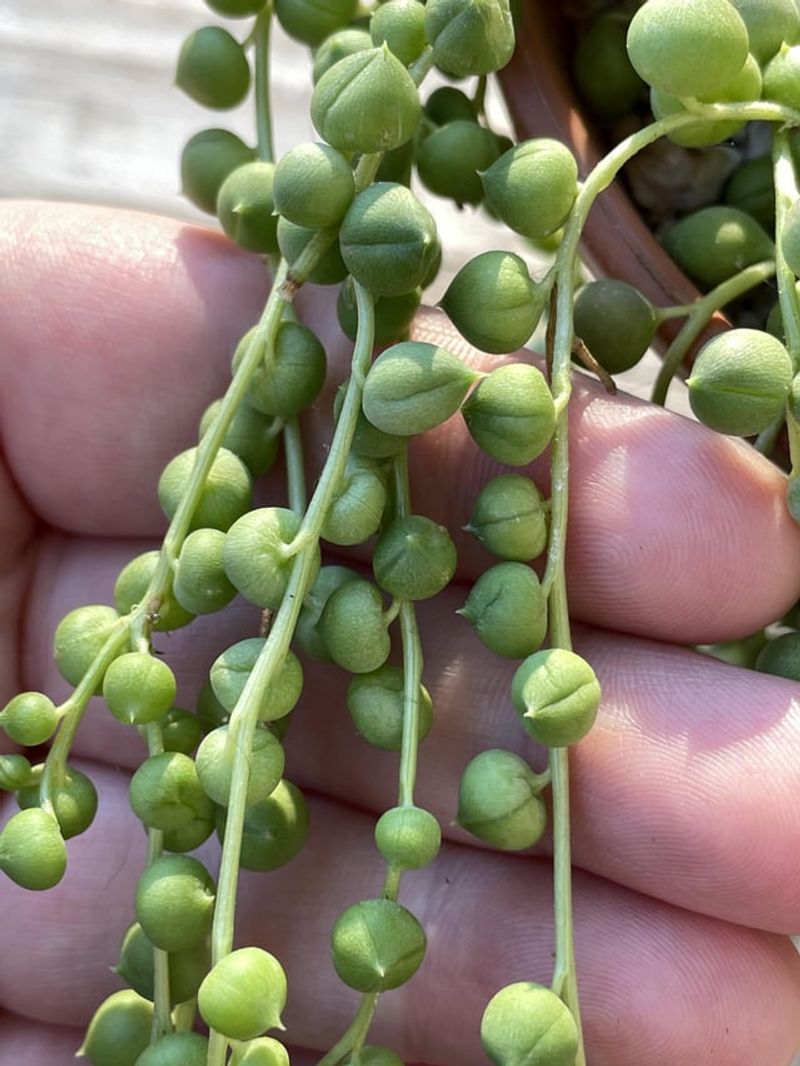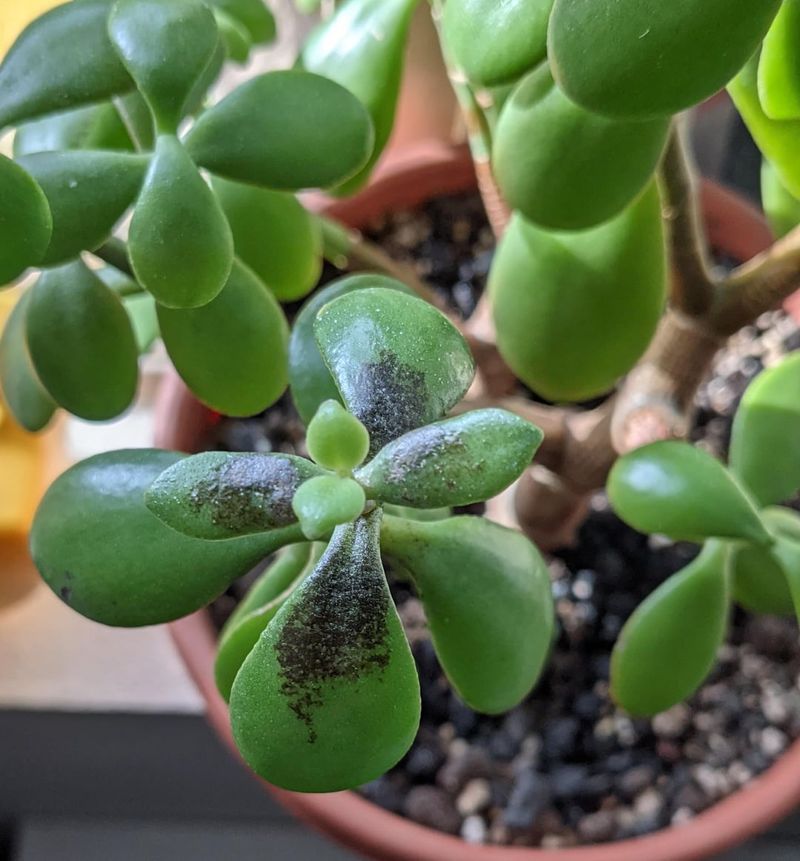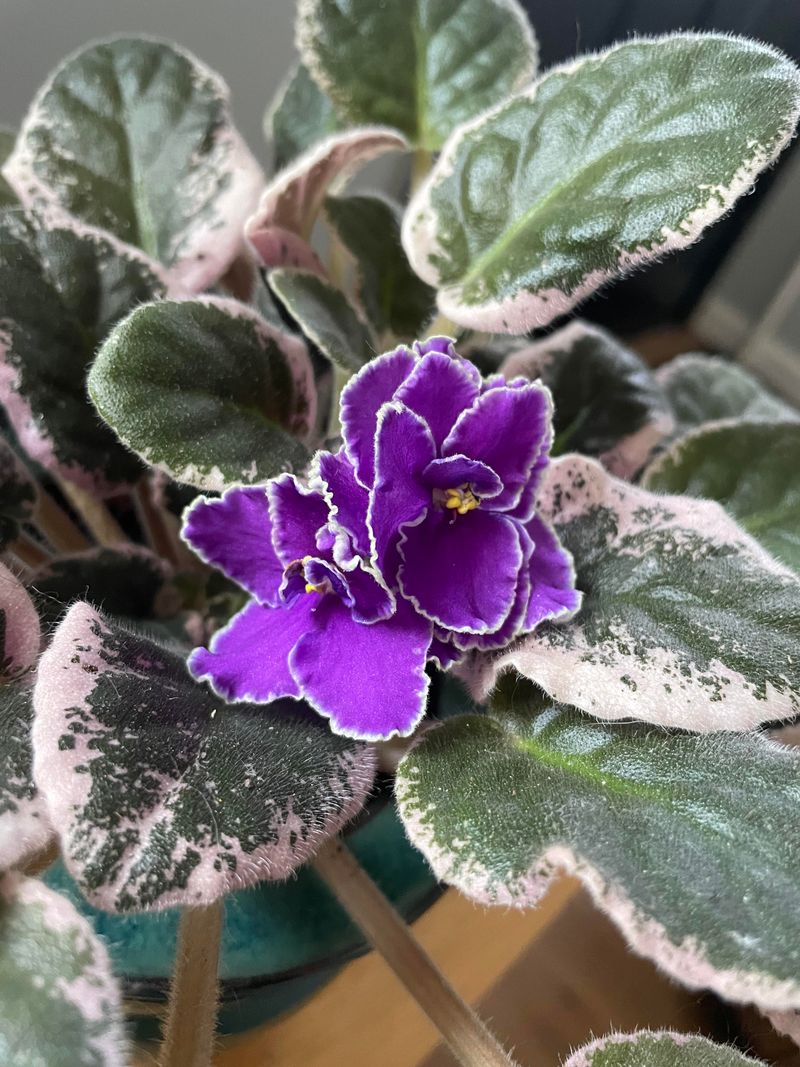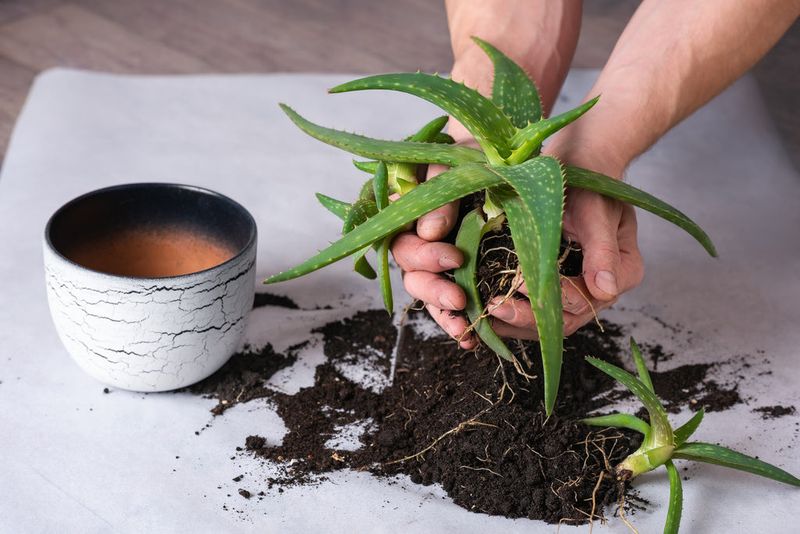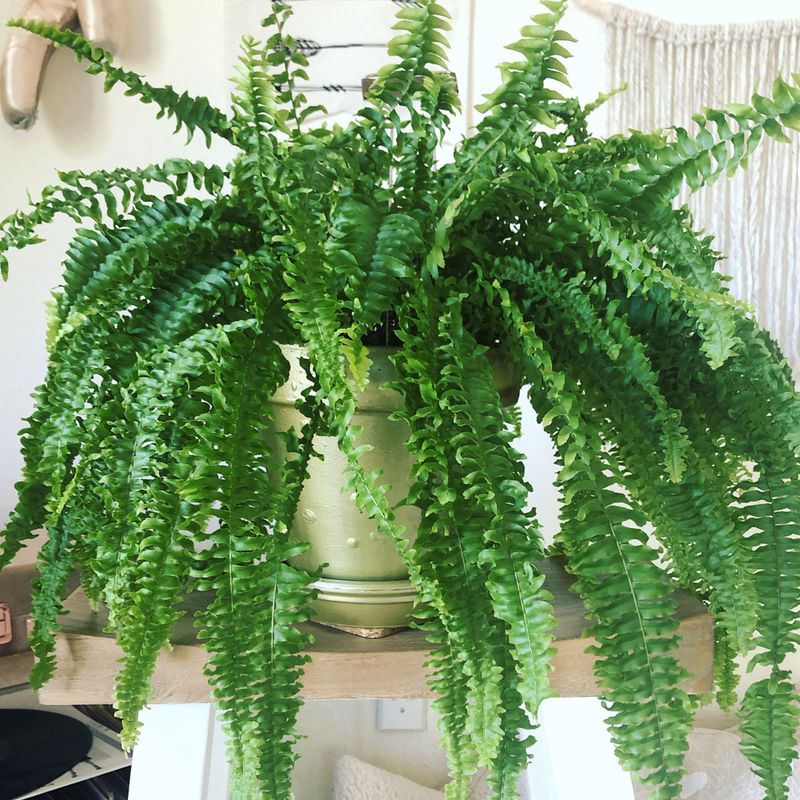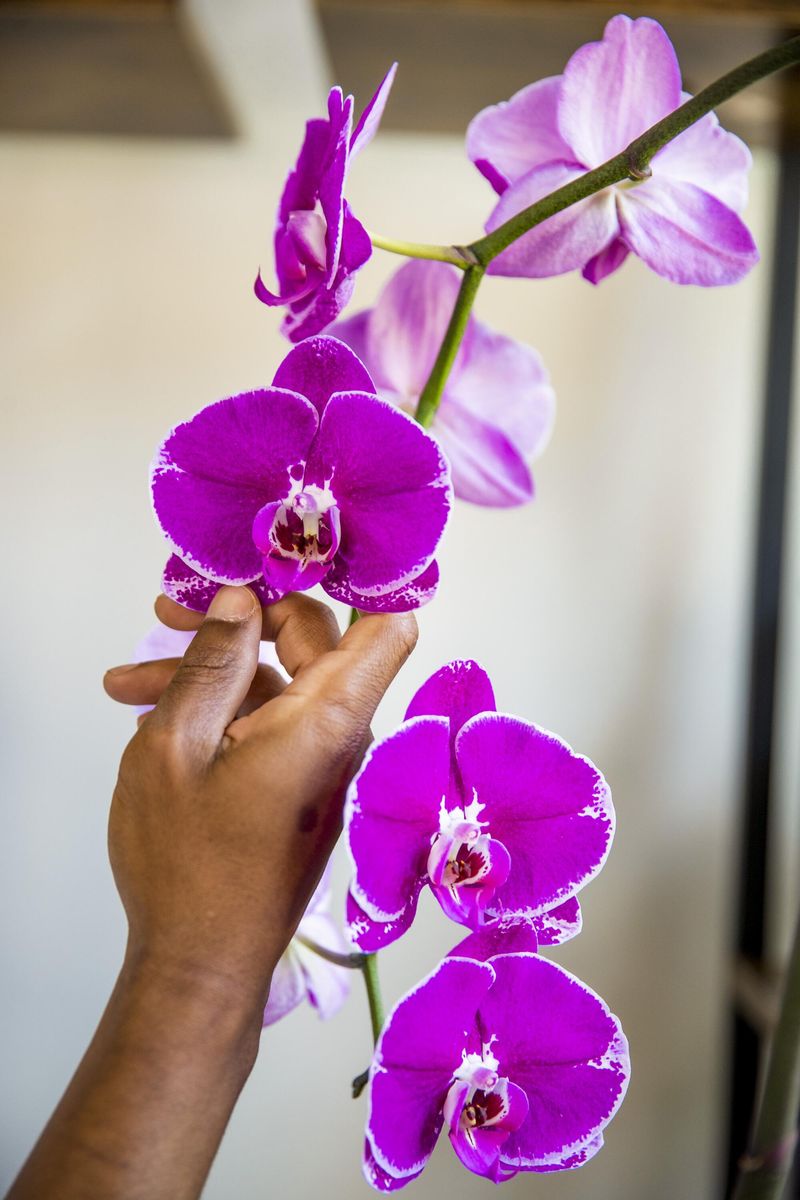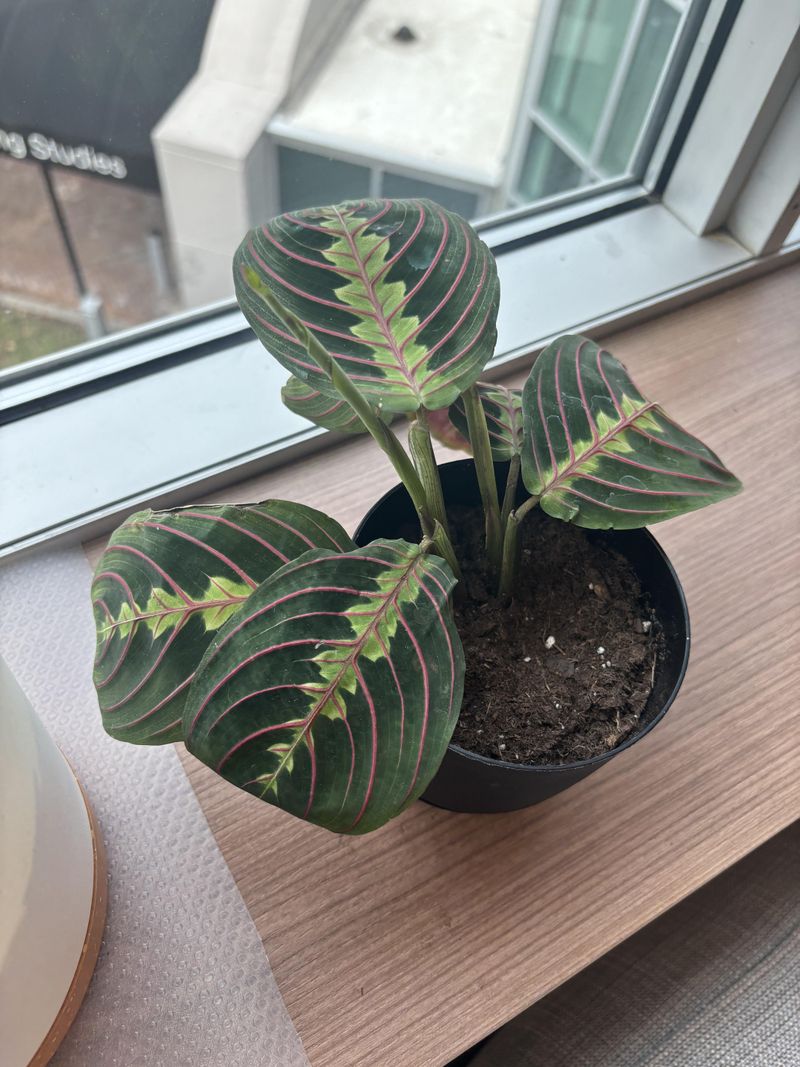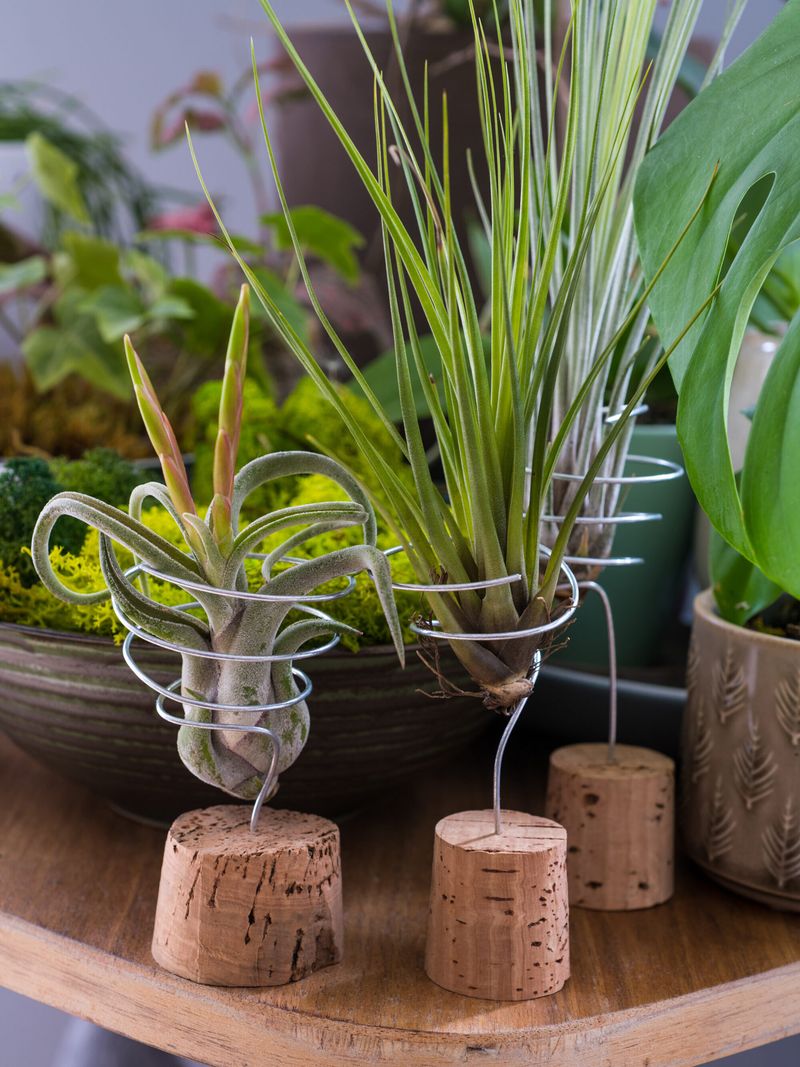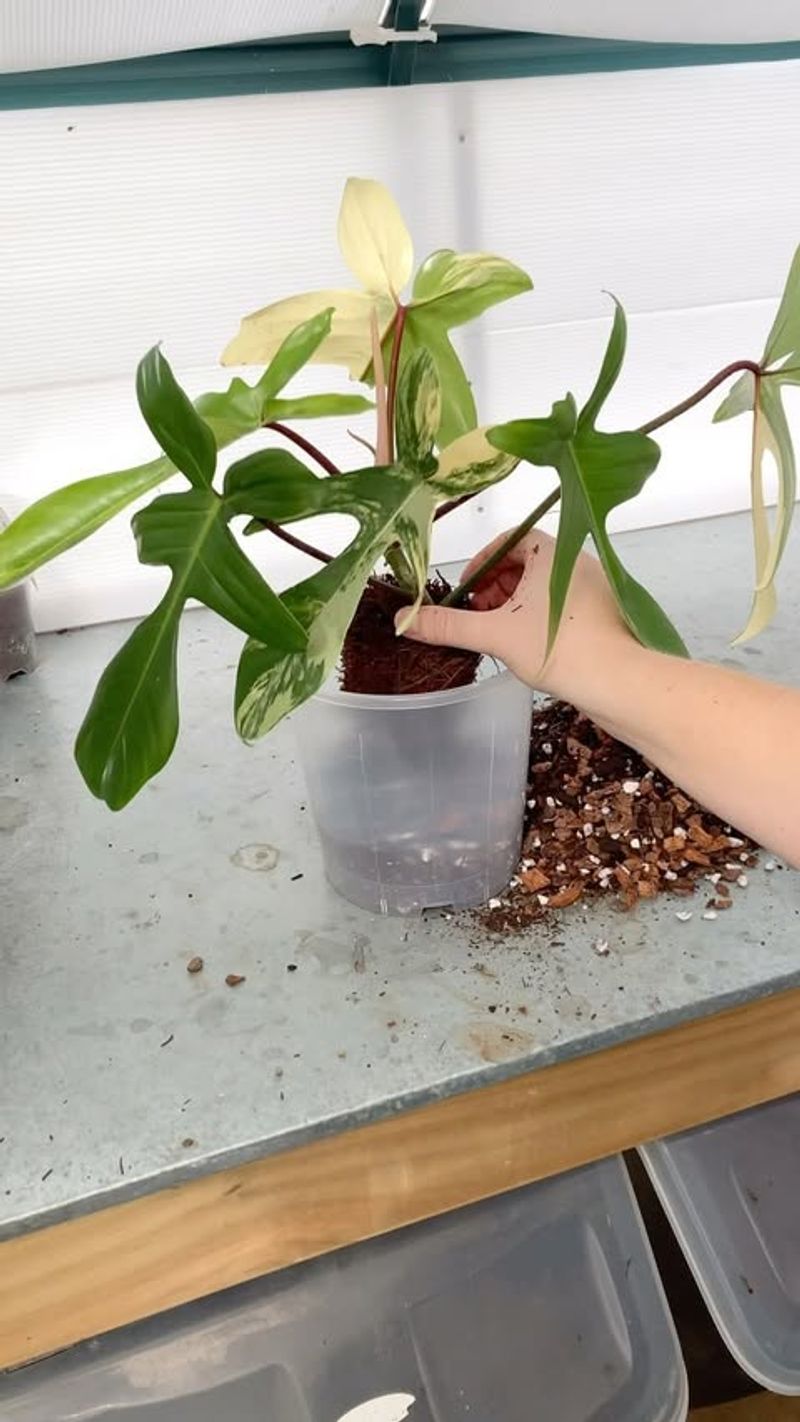California’s climate offers a unique mix of indoor gardening challenges and perks. From dry inland air to coastal humidity, houseplants react differently—and repotting becomes more than just routine care. After years of nurturing plants across the Golden State, I’ve learned to spot the signs early.
Certain varieties clearly ask for fresh soil and space, and giving them room to grow makes all the difference in their health and vitality.
Whether you’re in foggy San Francisco or soaking up sunshine in San Diego, these 19 indoor plants are ready for a refresh. With proper repotting, they’ll bounce back stronger—bringing lush, resilient energy to your home.
1. Fiddle Leaf Fig
When roots start circling the bottom of the pot, it’s definitely time for an upgrade. These popular statement plants grow surprisingly fast in California’s bright indirect light.
The dry indoor air in many California homes during summer months can stress these tropical natives. Repotting provides an opportunity to refresh the soil with moisture-retaining components.
My San Jose apartment’s fiddle leaf doubled in size after a spring repotting last year. I’ve found that using a pot just 2 inches larger than the previous one prevents overwatering issues that these finicky plants hate.
2. Pothos
Despite their easygoing reputation, pothos plants benefit greatly from fresh soil every 1-2 years. Their extensive root systems quickly fill containers, especially in California’s longer growing season.
For homes in drier inland areas like Riverside or Sacramento, repotting offers a chance to add water-retaining perlite to the soil mix. This helps maintain consistent moisture without risking root rot.
A neighbor’s golden pothos was struggling until we discovered it was severely root-bound. After repotting, the vines grew an additional three feet in just months, creating a stunning display across her Oakland apartment.
3. Peace Lily
Peace lilies tell you they need repotting when they droop dramatically just a day after watering. The roots become so packed that water runs straight through without being absorbed properly.
In Southern California homes where AC runs frequently, these moisture-loving plants benefit from repotting with soil that retains humidity. Look for roots growing through drainage holes as your signal.
I’ve kept the same peace lily alive for eight years in my San Francisco apartment by repotting every spring. The trick is using a pot that’s only slightly larger than the previous one to prevent overwatering.
4. Snake Plant
Though famously low-maintenance, snake plants eventually outgrow their containers and can actually crack plastic pots with their expanding rhizomes. The roots form a tight mass that prevents proper water absorption.
California’s intense window light can accelerate growth, especially in south-facing rooms. Many San Diego plant owners report needing to repot every 2-3 years instead of the typically recommended 4-5.
During my last repotting session, I divided one overgrown snake plant into three separate plants. Now I have matching specimens in my living room, bedroom, and home office – all thriving in our Bay Area apartment.
5. Monstera Deliciosa
Monsteras grow remarkably fast in California’s mild climate, quickly becoming root-bound even in larger containers. When new leaves emerge smaller or with fewer fenestrations, it’s a clear sign repotting is overdue.
The heating systems in many Los Angeles apartments can dry out soil rapidly, making annual repotting essential for maintaining proper moisture levels. Fresh soil provides better water retention and nutrient availability.
After repotting my monstera last April, it put out three massive new leaves within weeks. The plant seems to appreciate a pot with plenty of depth for its aerial roots to eventually reach the soil.
6. ZZ Plant
The potato-like rhizomes of ZZ plants eventually fill their containers completely, leaving no room for further growth. When you notice the rhizomes pushing up against the soil surface, it’s time for a larger home.
Even in Northern California’s less intense indoor light, these plants steadily expand their root systems. Many Sacramento plant parents are surprised to find their ZZ completely pot-bound after just two years.
The ZZ in my bedroom window seemed to stop growing completely until I repotted it. Turns out the poor thing was so cramped underground that it couldn’t produce new stems, despite looking perfectly healthy above the soil line.
7. Chinese Money Plant
Pilea peperomioides produces so many baby plants that the mother plant quickly becomes crowded in its pot. The characteristic coin-shaped leaves start growing smaller when repotting is needed.
In California’s temperate indoor environments, these plants often grow year-round without dormancy. Many San Francisco plant owners find their pileas need repotting twice as often as care guides suggest.
My cousin in Long Beach separates the pilea babies during repotting and gives them as gifts. She jokes that she’s saved hundreds on birthday presents while spreading greenery throughout Southern California – much better than a gift card!
8. Spider Plant
The tuberous roots of spider plants quickly fill containers, causing water to run straight through without being absorbed. When you notice the soil drying out unusually fast, check for roots circling the bottom.
California’s warm indoor temperatures promote rapid growth and baby plant production. Many Oakland apartment dwellers report their spider plants becoming severely root-bound within a single growing season.
During last year’s repotting, I counted 12 babies on my kitchen spider plant. The thick, white roots had completely taken over the pot, forming a dense mat that lifted the entire plant above the soil line.
9. Rubber Plant
Rubber plants develop extensive root systems that eventually circle the pot and start growing through drainage holes. When leaf growth slows or stops entirely, it’s a sign the roots need more space.
The consistent indoor temperatures in most California homes encourage year-round growth. Many plant owners in Pasadena and Santa Monica report their rubber plants outgrowing pots twice as fast as expected.
After moving my rubber plant to a window with more light, it grew so quickly that I had to repot it twice in one year. The glossy leaves nearly doubled in size once the roots had adequate space to expand.
10. Bird of Paradise
These dramatic plants develop massive root systems that can eventually break plastic containers. When growth slows or leaves curl despite proper watering, the roots likely need more space.
In California’s bright indoor environments, bird of paradise plants often grow faster than expected. Many Los Angeles plant enthusiasts find themselves repotting every 18 months rather than the recommended 2-3 years.
The bird of paradise in my sunroom grew three new leaves after repotting this spring. I’ve learned to use fabric grow bags for these plants since they allow the roots to breathe better in our dry inland valley air.
11. String of Pearls
The shallow root systems of these trailing succulents can quickly fill small containers. When the soil dries out within days of watering or pearls start shriveling despite regular care, repotting is needed.
California’s dry indoor air can be perfect for these succulents, but also accelerates soil degradation. Many San Diego plant owners find repotting essential for preventing the crispy, dried-out strings that plague these finicky plants.
The string of pearls hanging in my kitchen window grew three times longer after being moved to a wider, shallow pot. Using a succulent-specific soil mix with extra perlite has kept it happy in our Sacramento apartment.
12. Jade Plant
These California favorites eventually develop thick, woody trunks and extensive root systems that can become severely pot-bound. When growth slows or the plant becomes top-heavy and unstable, repotting is overdue.
In coastal areas like Santa Barbara, jade plants can grow surprisingly fast indoors near bright windows. The consistent temperatures encourage year-round growth rather than the seasonal patterns seen outdoors.
My grandmother’s jade plant is over 30 years old and has been repotted countless times. She always says the week after Mother’s Day is perfect for repotting jades in Northern California – warm enough but not yet summer-hot.
13. African Violet
These flowering favorites develop multiple crowns that eventually compete for space and nutrients. When blooms become smaller or less frequent, it’s time to repot and possibly divide the plant.
The dry indoor heating common in many California homes during winter can be tough on these moisture-loving plants. Repotting provides an opportunity to refresh the specialized soil these picky plants require.
My collection of African violets in Berkeley gets repotted every spring after blooming. I’ve found shallow pots work best, and the plants reward me with almost continuous flowers when given fresh soil and proper light.
14. Aloe Vera
Aloe plants produce numerous offsets (pups) that quickly fill containers and compete for resources. When the mother plant starts looking crowded or pups emerge from drainage holes, repotting is necessary.
In California’s bright indoor environments, aloes often produce pups more rapidly than in other regions. Many San Jose plant owners find themselves with overcrowded pots within a single year.
During my last aloe repotting, I separated eight healthy pups from the mother plant. Now friends throughout our Los Angeles apartment complex have matching aloes – perfect for treating occasional sunburns after beach days!
15. Boston Fern
Ferns develop dense root systems that quickly fill their containers. When you notice fronds becoming smaller or the plant drying out rapidly despite regular watering, the roots need more space.
California’s dry indoor air can be challenging for moisture-loving ferns. Repotting provides an opportunity to incorporate water-retaining materials like coco coir, especially helpful in inland areas like Fresno.
The Boston fern in my bathroom transformed after repotting last spring. I was ready to give up on it due to constant browning, but fresh soil and a slightly larger pot were all it needed to become lush again.
16. Orchid
Contrary to popular belief, orchids do need repotting when their bark medium breaks down, usually every 1-2 years. When roots turn brown and mushy instead of firm and green, it’s time for fresh media.
In California’s Mediterranean climate, many indoor orchids bloom twice yearly, depleting their growing medium faster. San Francisco plant owners often notice their Phalaenopsis orchids need repotting more frequently than care guides suggest.
After struggling with orchids for years, I finally learned proper repotting techniques from a local nursery in San Diego. Now my kitchen windowsill boasts three continuously blooming specimens – all thanks to annual media refreshing.
17. Calathea
These prayer plants develop extensive but delicate root systems that eventually fill their containers. When leaves curl despite proper humidity or new growth appears stunted, repotting can solve the problem.
California’s indoor heating systems often create dry conditions that stress these tropical natives. Repotting provides an opportunity to add moisture-retaining components to the soil mix.
The calathea in my Oakland apartment stopped “praying” (raising its leaves at night) until I repotted it last spring. Something as simple as fresh soil and a slightly larger pot restored its natural movement patterns within days.
18. Air Plant (Tillandsia)
“Repotting” air plants means removing dead leaves and separating pups that form around the base. When multiple plants cluster together, separating them improves airflow and prevents rot.
In California’s coastal areas like Santa Cruz, indoor air plants often produce pups more rapidly due to the natural humidity. Many collectors are surprised by how quickly their single specimens become clusters.
Last year I separated a clump of air plants that had grown together in my San Francisco apartment. The “mother” plant bloomed shortly after, producing a striking purple flower spike – apparently grateful for the extra growing space!
19. Philodendron
These popular houseplants develop extensive root systems that eventually circle the pot and grow through drainage holes. When leaves yellow despite proper care or growth slows significantly, repotting is needed.
The consistent indoor temperatures in most California homes encourage year-round growth. Many plant enthusiasts in Newport Beach find their philodendrons outgrowing containers twice as quickly as expected.
After repotting my heartleaf philodendron, the vines grew an additional four feet in just months. I’ve learned to use terracotta pots in our dry Sacramento climate, as they help maintain proper soil moisture between waterings.

